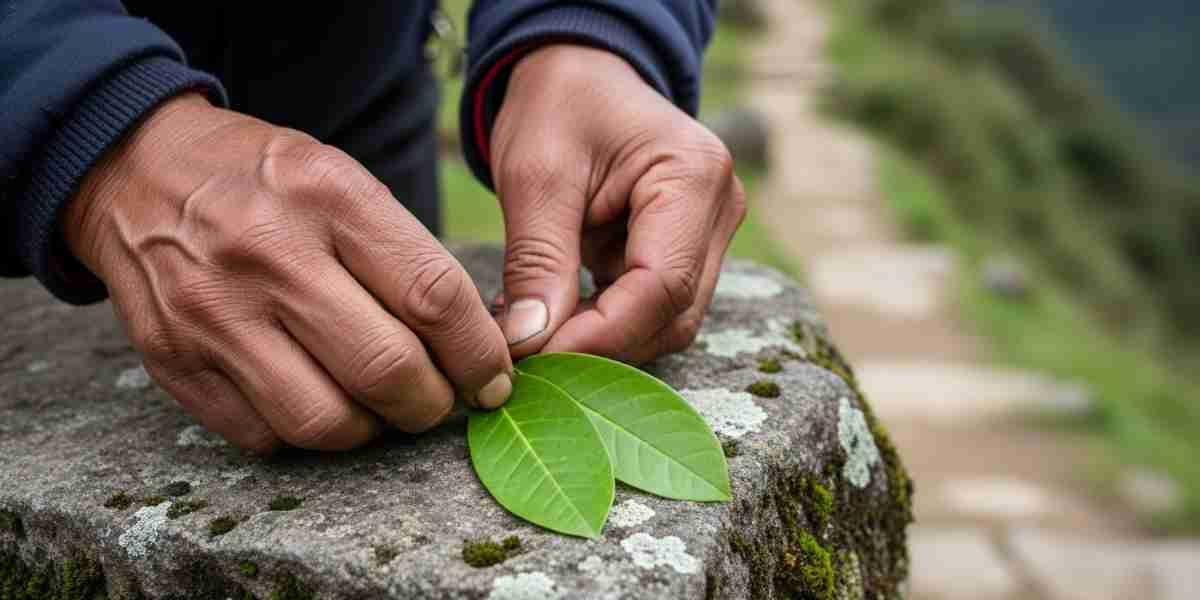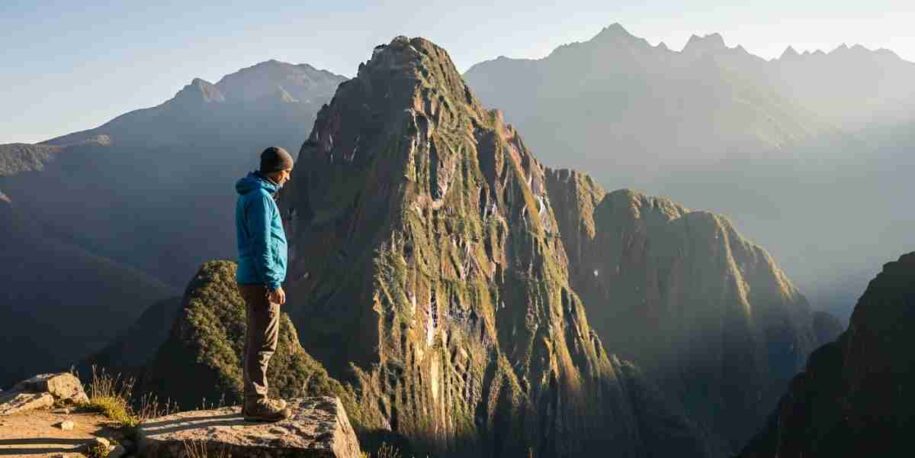There’s a common impulse when we travel, especially to a place as visually staggering as the Peruvian Andes. We see the jagged peaks sawing at the sky, the clouds clinging to green slopes, and the impossible stone cities clinging to ridges. We pull out our cameras and place ourselves in the frame. We become the hero of the epic vista. But I want to propose a radical shift in perspective, a piece of wisdom gleaned from years of walking these ancient paths: you are not the protagonist here. The mountains, the rivers, the very stones beneath your feet—they are the protagonists. You, my friend, are merely a passing character, granted a brief role in a story that began eons before you arrived and will continue long after you’ve gone.
This isn’t a demotion; it’s an invitation. It’s the key to unlocking a truly profound and meaningful travel in Peru. It’s the difference between simply seeing a place and beginning to understand it. When you stop seeing the landscape as a backdrop for your personal adventure story, you start to see it for what it is: a living, breathing entity with a history, a spirit, and a voice of its own.
Shifting Your Gaze: From a Passive View to an Active Presence
In the Western mindset, we often treat nature as a beautiful, but inanimate, resource. It’s something to be conquered, photographed, or enjoyed. But for the people of the Andes, this couldn’t be further from the truth. The world is sentient. This understanding is the first step toward a more conscious and connected journey.
Imagine standing at a viewpoint, looking out at the Sacred Valley. The typical approach is to catalogue what you see: «That’s a mountain, that’s a river.» The Andean approach is to feel what you see. That mountain isn’t just a geological formation; it’s a powerful spirit. That river isn’t just a body of water; it’s a life-giving vein of the earth. This is the essence of the conscious traveler mindset, moving from observation to participation.
✨ A Transformative Insight: The Humility of the Andes
The moment this clicks is palpable. It often happens on a high pass, gasping in the thin, pure air. You look out at the sheer scale of the world around you and realize your own profound smallness. This isn’t a frightening feeling; it’s liberating. Your anxieties, your deadlines, your sense of self-importance—they all seem to dissolve into the immense silence. In that humility, you find connection. You are no longer a visitor looking at the Andes; you become a small, breathing part *of* the Andes.
The Language of the Mountains: Understanding Andean Cosmology
To truly appreciate your role in this ancient story, you need to learn a few words of its language. This language isn’t spoken; it’s felt. It’s built on concepts that have shaped life in these mountains for millennia.
The two most vital concepts are Pachamama and the Apus. Pachamama is often translated as «Mother Earth,» but it’s more than that. She is the divine feminine entity that provides life, sustenance, and order to the universe. Every step you take on a trail is a step upon her sacred body. Every meal grown in the rich soil is a gift from her.
The Apus are the great mountain spirits, the powerful masculine guardians that watch over the lands and the people below. They are not distant gods but active presences. When you see a local guide pause to make a small offering of coca leaves or pour a splash of chicha onto the ground, they are showing respect—speaking the language of reciprocity with the Pachamama and the Apus. They are asking for safe passage and giving thanks.
Our lead guide, Marco, often tells our travelers, «Do not try to conquer the mountain. Ask for its permission to climb. Walk with respect, and the Apu will welcome you. Walk with arrogance, and you will feel its power.»

You Are Not Conquering the Trail; You Are Being Granted Passage
This perspective fundamentally changes the experience of a trek like the legendary Inca Trail. It ceases to be a 4-day physical conquest and becomes a 4-day pilgrimage. Each step is a conversation. You’re treading the same stones as Inca messengers and holy men, feeling the same sun and the same biting wind.
This is crucial for understanding the spiritual significance of Machu Picchu. It wasn’t built merely as a mountaintop fortress; it’s an architectural dialogue with the landscape. The windows perfectly frame sacred peaks. The temples align with the solstices. The Incas didn’t build on the mountain; they built with it. Arriving at the Sun Gate and seeing the citadel for the first time isn’t a finish line; it’s the climax of the story the landscape has been telling you for days. You finally see the language of the mountains written in stone.
🛡️ Safety is Respect, Respect is Safety
This mindset has practical implications for your safety and well-being. When you respect the mountain, you respect its power. You listen to your body, you heed the advice of your guides, and you understand that the weather can change in an instant. This deep respect fosters a state of awareness that is essential at high altitudes. At Camino Inca Trail, our protocols are built on this foundation: we come prepared not to challenge the mountain, but to cooperate with it, ensuring your passage is as safe and serene as possible. It is the core of our non-negotiable commitment to your peace of mind.
The Role of Your Guide: More Than a Navigator, a Translator
How do you access this deeper story? How do you learn to read the landscape? You need a translator. This is the true role of an expert local guide. A great guide does more than point out the path and name the peaks. They are the bridge between your world and the world of the Andes.
They are the keepers of the oral history, the storytellers who can point to a rock and tell you the legend of the weeping princess, or explain why a particular flower is used in local ceremonies. They learned about the Apus from their grandparents. They live the principles of Pachamama every day. They are your key to connecting with nature in the Andes on a level you could never achieve alone. They transform a beautiful hike into a cultural and spiritual immersion.
Ready to Listen to the Story of the Andes?
Choosing to see yourself as a character in the landscape’s story is a profound act of humility and awareness. It’s a choice to travel deeper, to connect more authentically, and to be changed by your journey in ways that a simple vacation could never offer. If you are a traveler who seeks not just to see Peru, but to feel it and understand it, then you are ready for this kind of adventure.
Our purpose is to facilitate that connection. We handle the logistics with meticulous care so that you are free to listen, to learn, and to be present in the magnificent story unfolding around you. When you are ready to be a thoughtful character in this ancient narrative, we are here to introduce you to its authors. Begin your journey by speaking with one of our travel experts.

